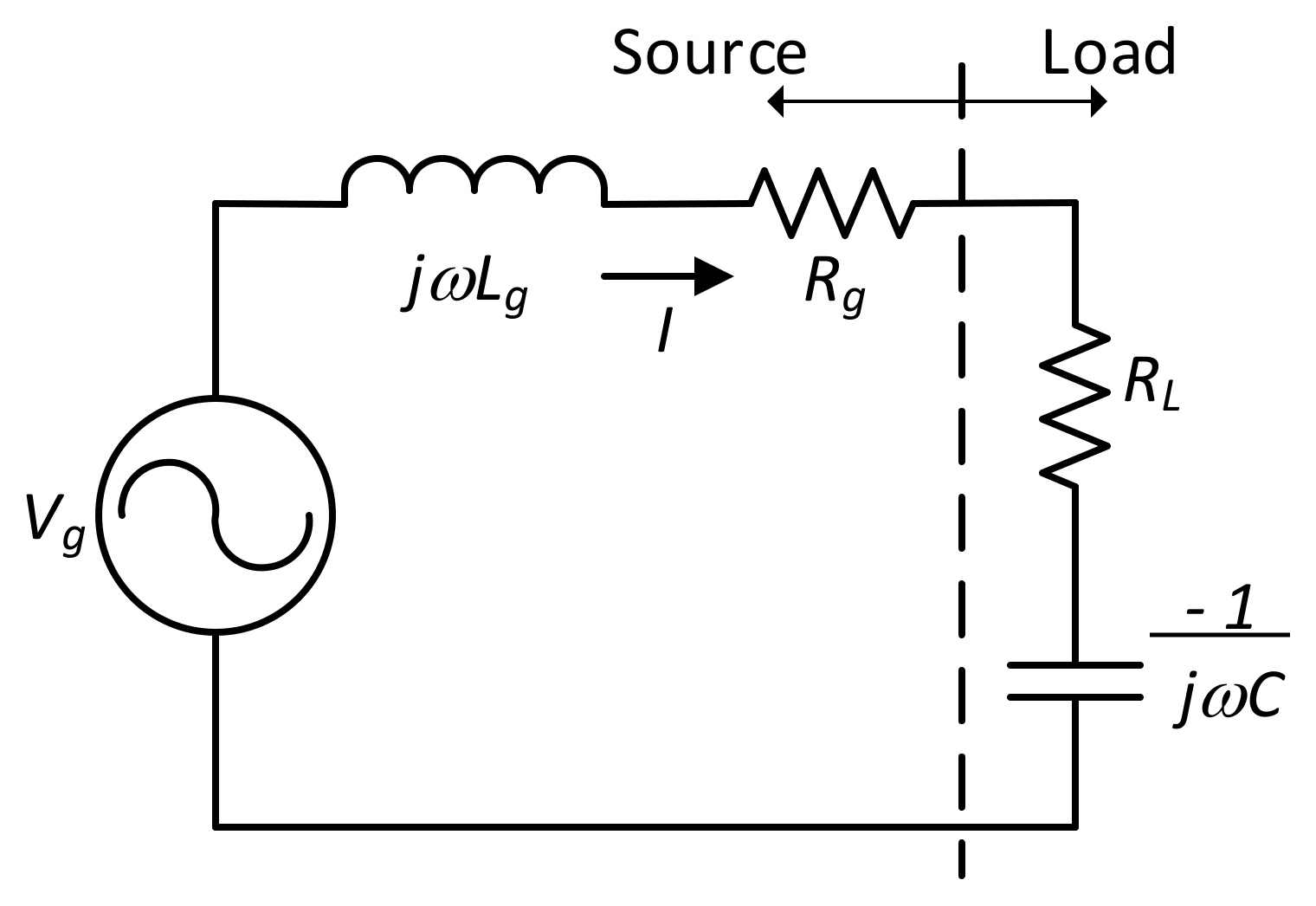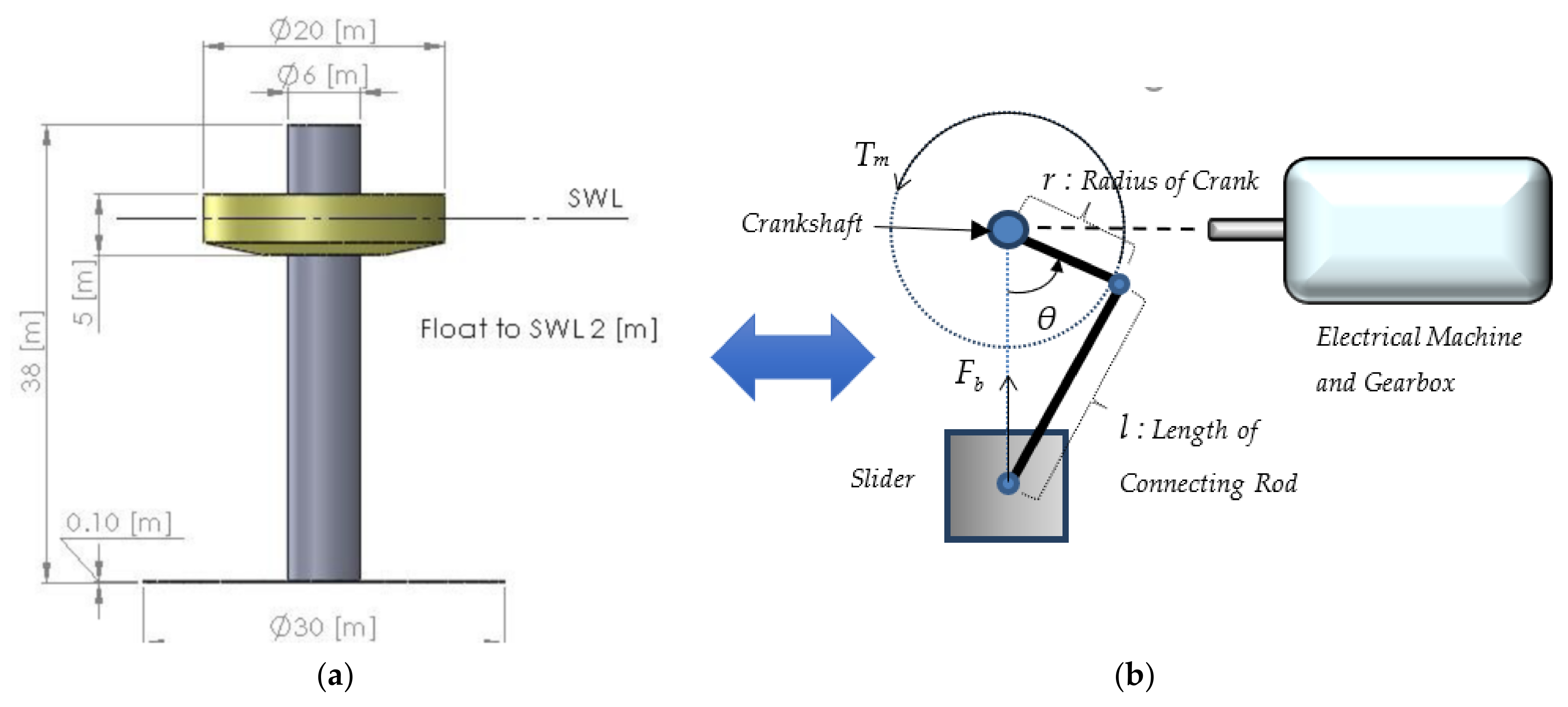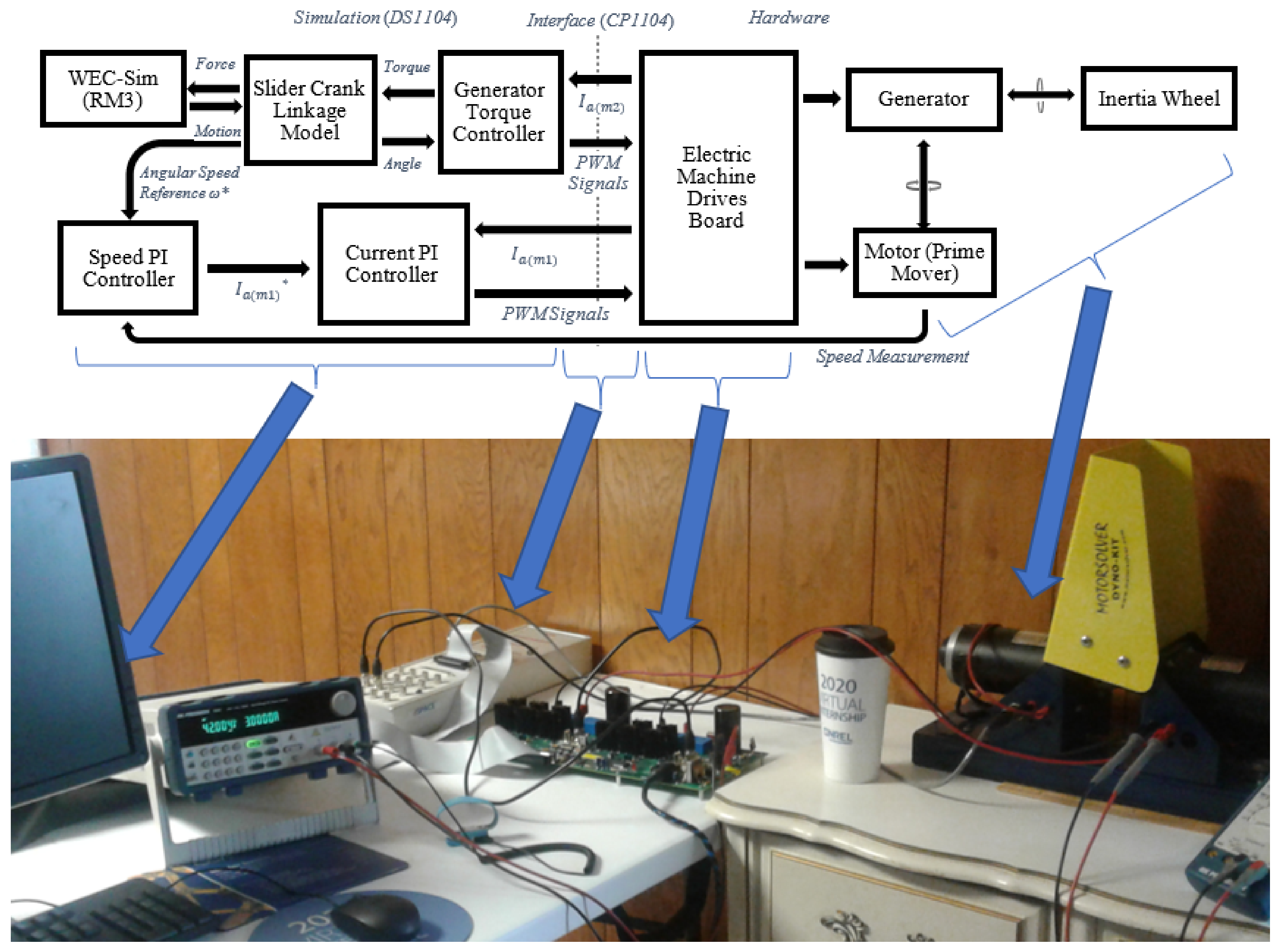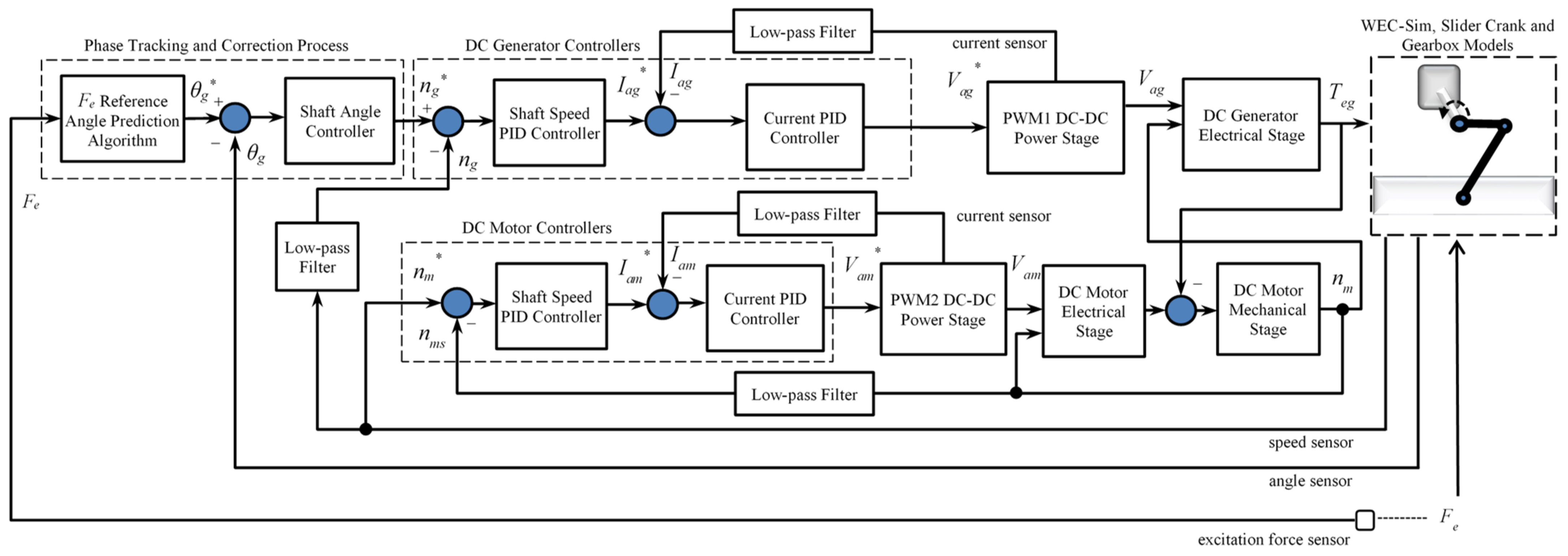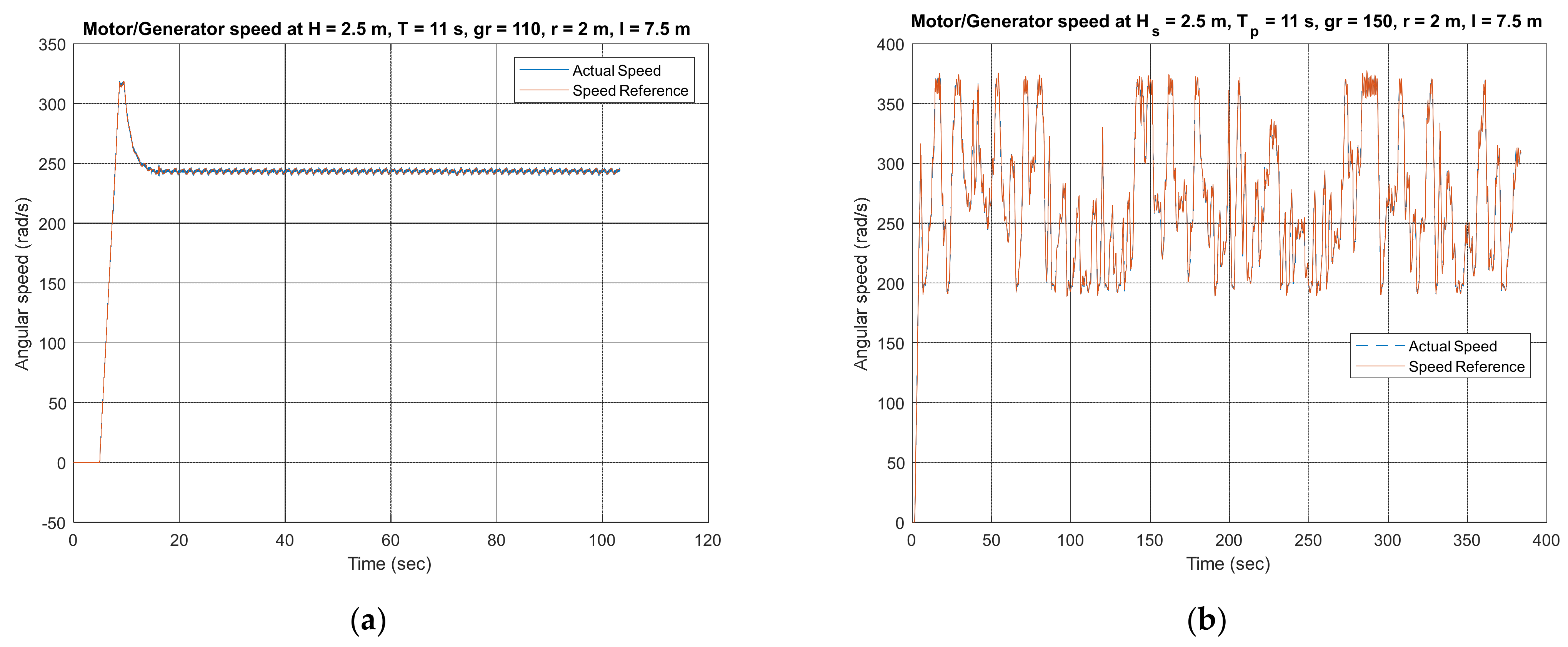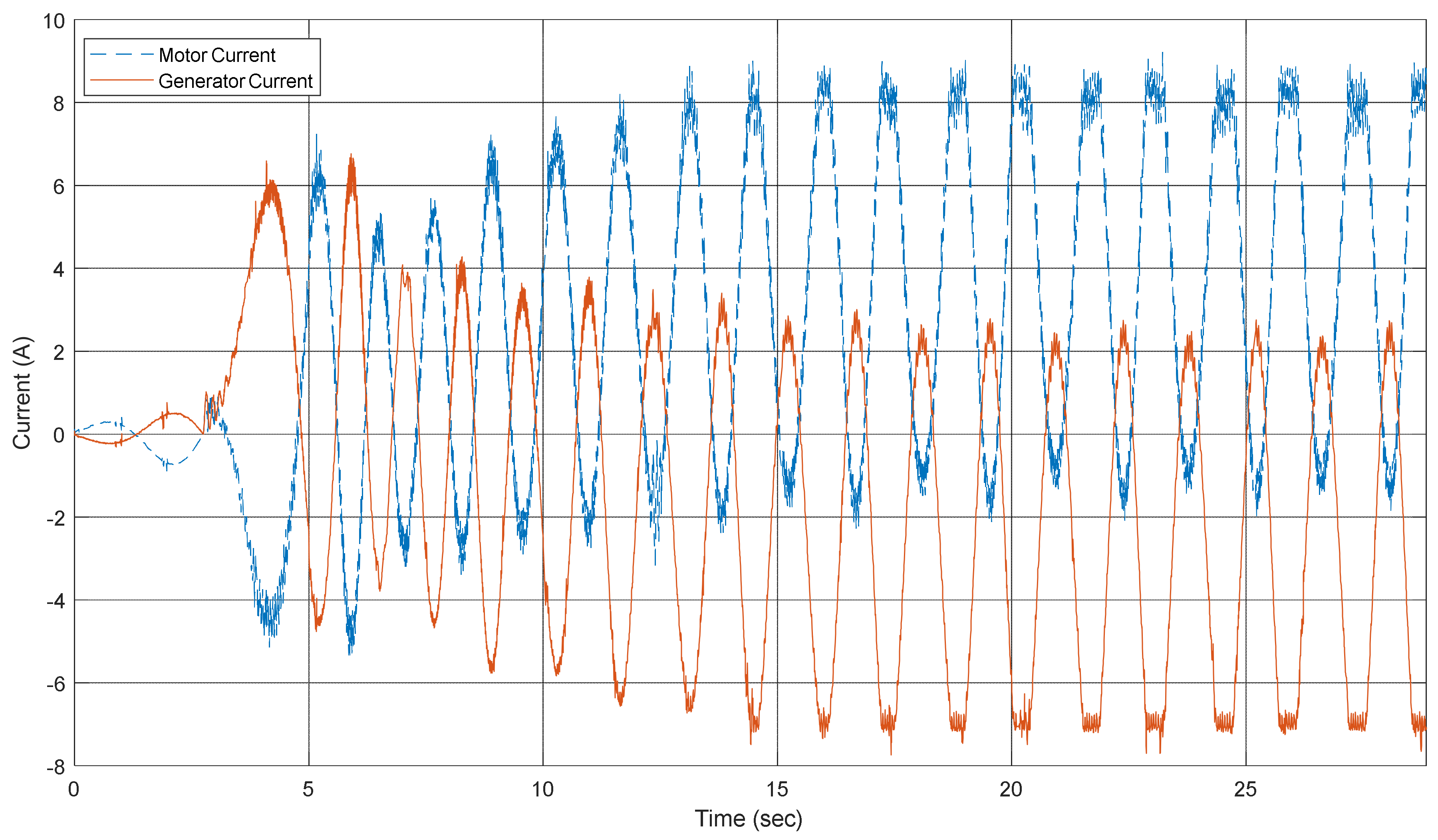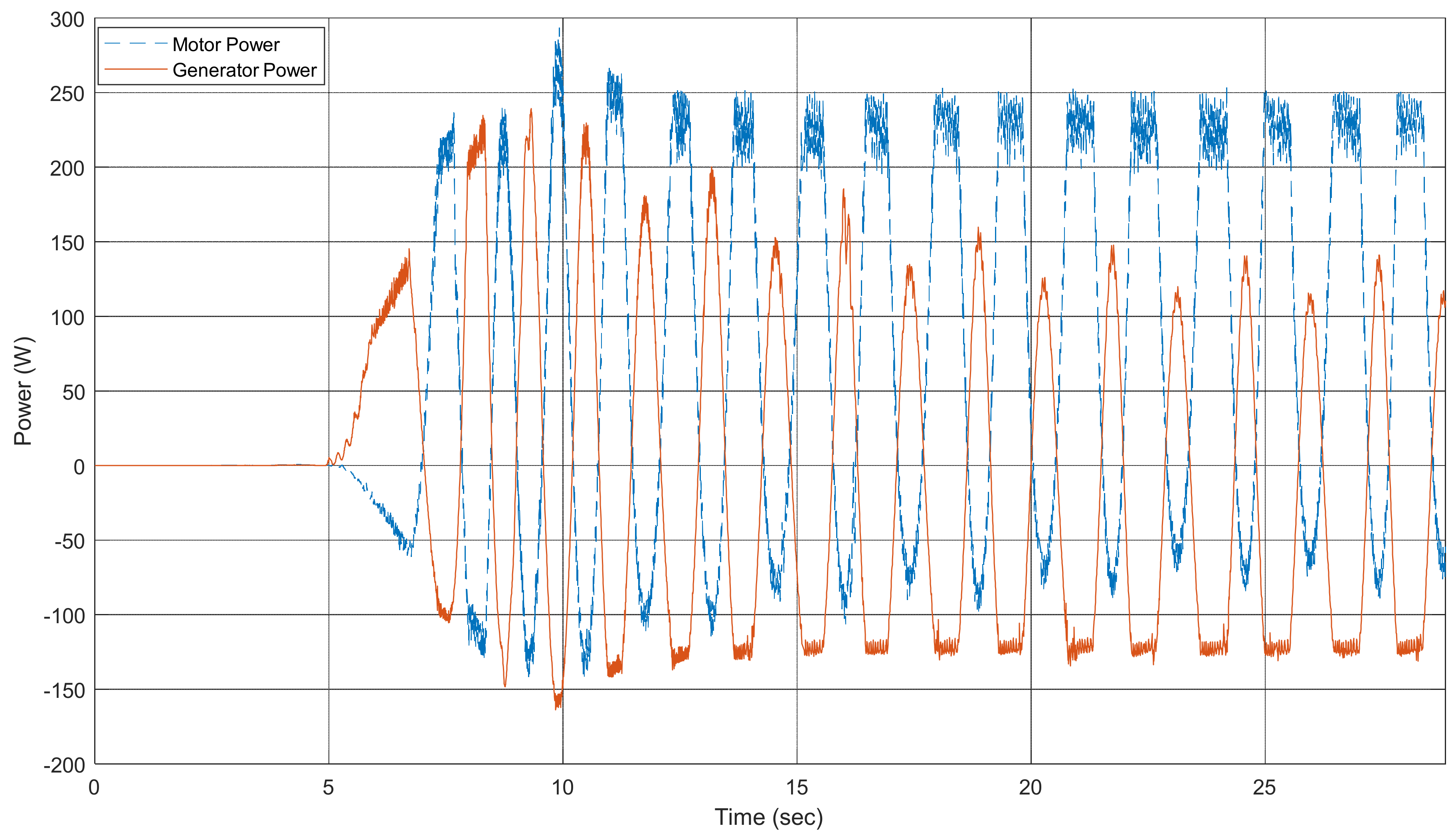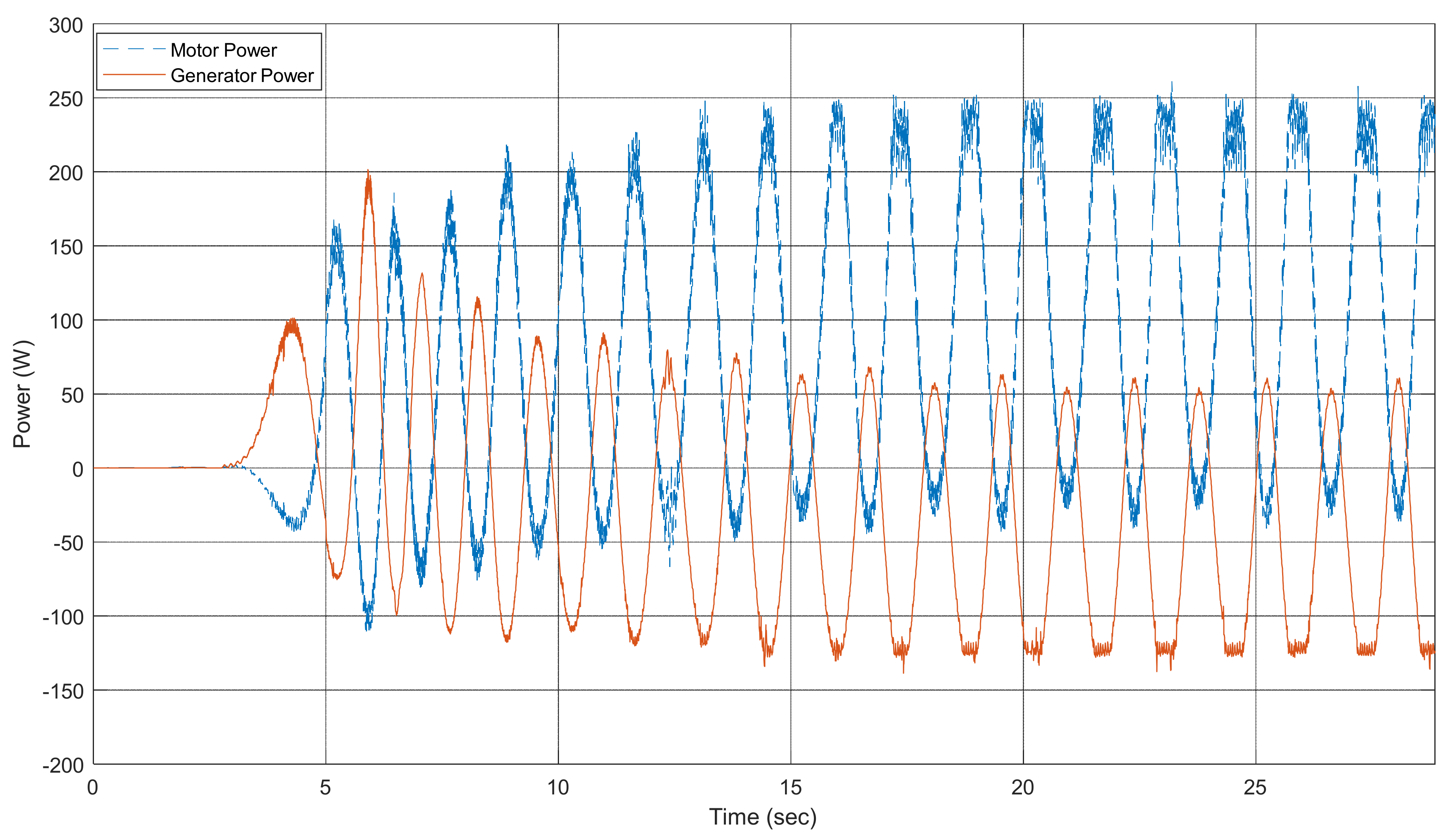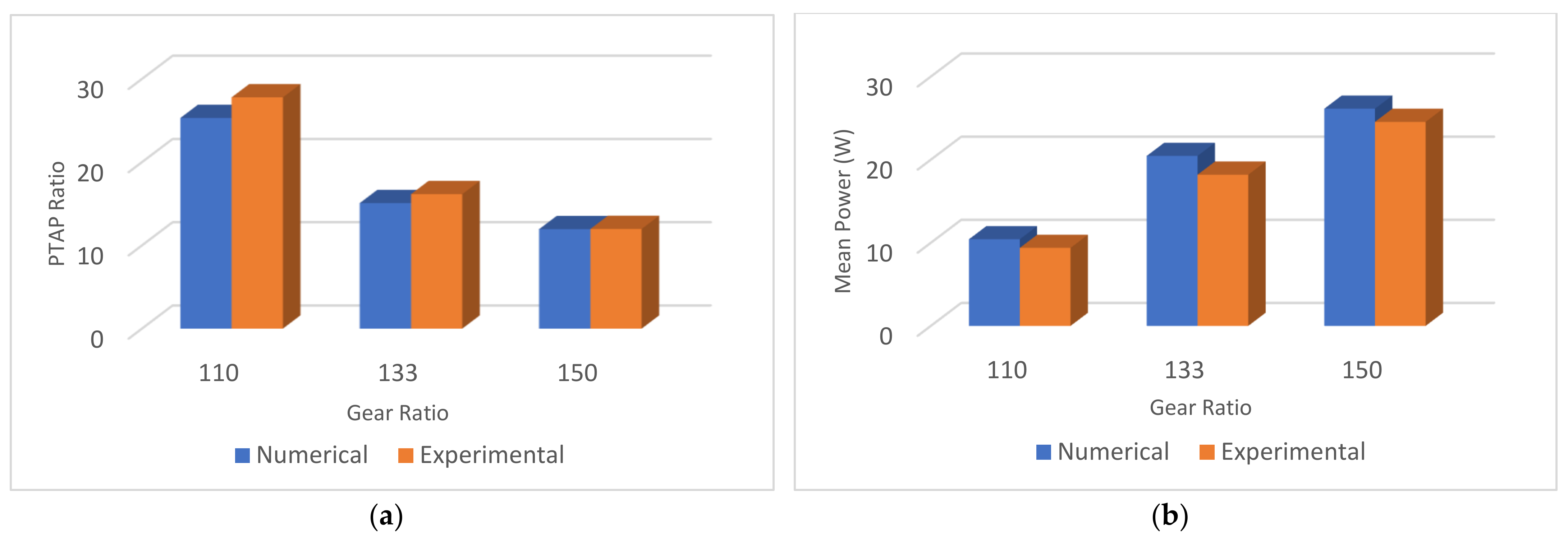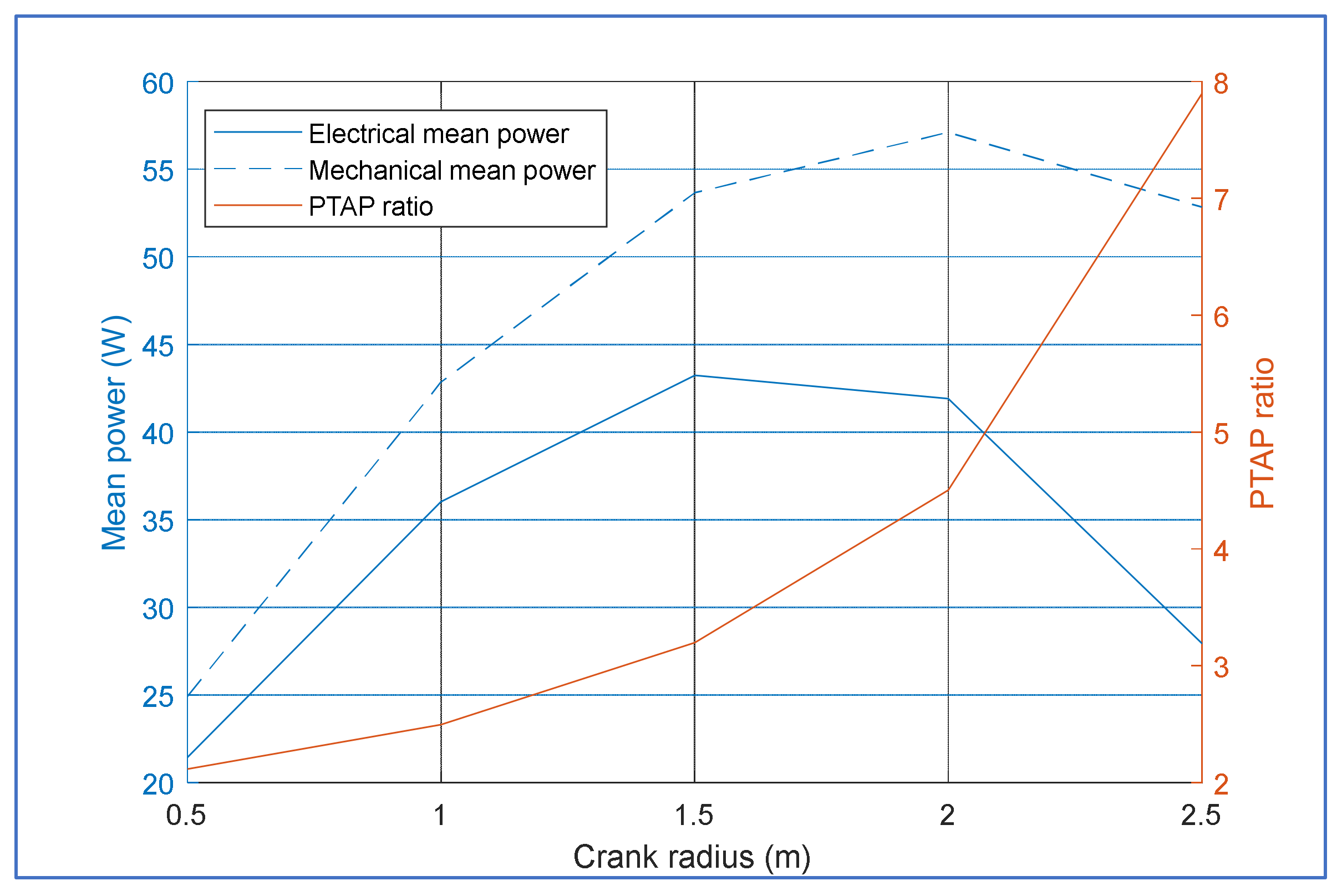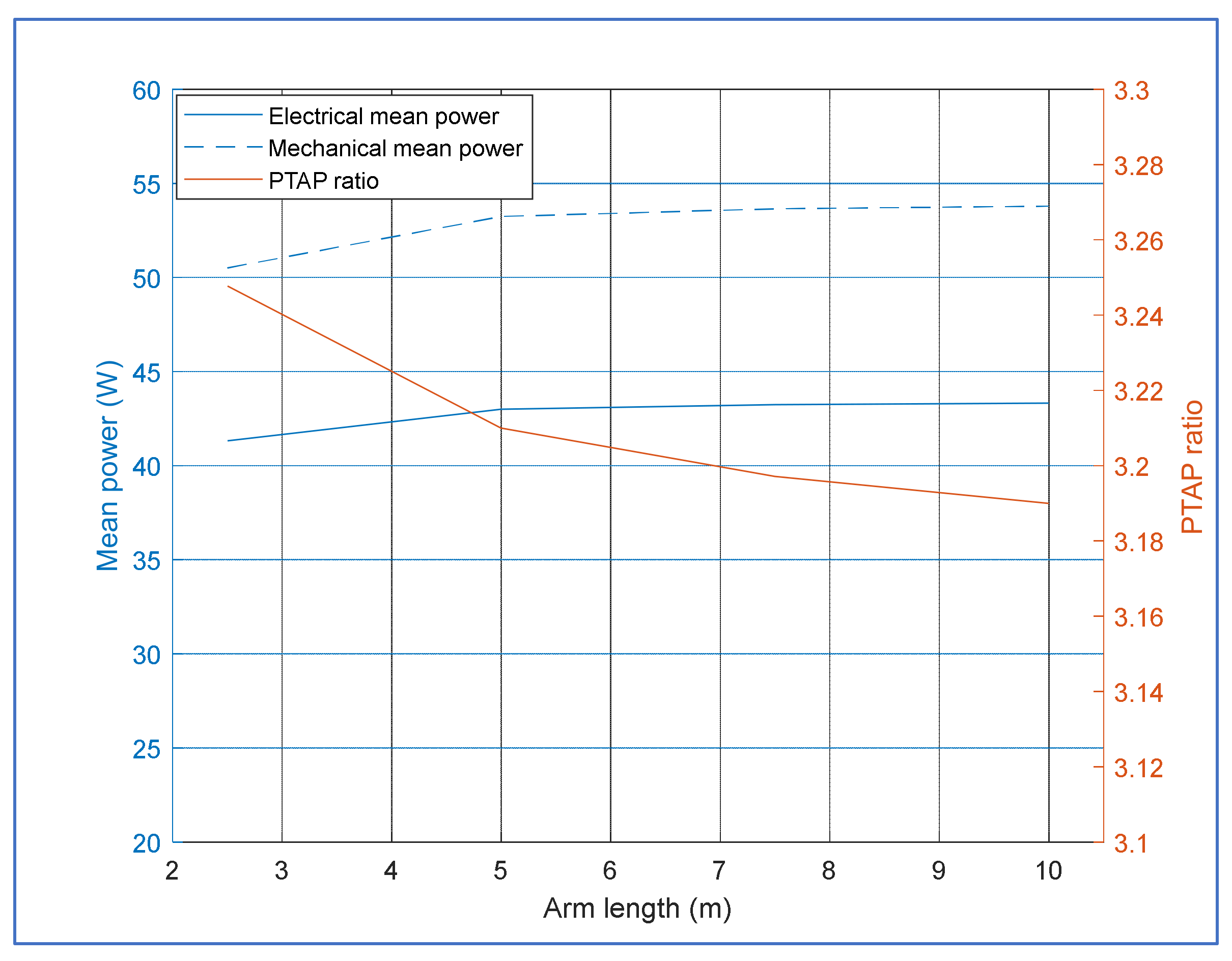1. Introduction
Recognizing a need for alternative energy sources has resulted in significant momentum toward investigating renewable energy resources, such as wind and solar. Total nonhydro renewable energy generation (wind, solar, geothermal, and biomass) in the United States increased by 7.0% in 2019, following an increase of 8.2% in 2018 and 13.8% in 2017 [
1]. The fastest-growing renewable energy source in 2019 was solar power (for both utility-scale and small-scale power), with a 14.5% increase. During the same period, wind energy generation increased by 8.2%. Since 2013, generation from nonhydro renewables has almost doubled. In 2014, the total nonhydro renewable energy generation surpassed conventional hydroelectric generation for the first time in U.S. history. Moreover, the total utility-scale solar exceeded geothermal power generation in 2014 for the first time. In 2019, renewable energy generation (excluding hydropower) made up 11.4% of total energy generation. The three largest nonhydro contributors were wind (7.1%), solar (2.6%), and biomass (1.4%), followed by geothermal (0.4%). However, electrical energy production from fossil fuels still has the largest share of power generation. Natural gas is the primary contributor (38.1%), followed by coal (23.2%) [
1]. The U.S. federal government aims to increase the share of renewables—beyond hydropower—in its respective electricity generation to the level of 20% by 2030 [
2]. Most recently, the United States has announced a new goal to reach 100% carbon-pollution-free electricity by 2035 [
3]. This does not necessarily mean that 100% of electricity will be from renewables, but it paves the way for more renewable generation in the United States. There is still substantial room to grow to reach these goals, considering that only 11.4% of need is met by renewable generation, and that the growth rate of renewable generation has declined in recent years [
1].
A number of other countries have also set targets for electricity generation from renewables. For example, the European Parliament approved a target of 35% renewables by 2030 [
4]. This target was also adopted by China [
5]. Some countries have even more ambitious targets, such as net zero greenhouse gas emissions by 2050 in the United Kingdom [
6] and 100% renewables by 2050 in Spain [
7]. Canada is targeting 90% carbon-free generation by 2030 [
8]. Currently, Canada has approximately 70% renewables in its electricity generation [
9].
Marine hydrokinetic energy is an important renewable energy source with significant potential to help achieve the goals established in a White House report [
10]. In the United States, marine energy has a potential of 2300 TWh/yr. This corresponds to 57% of U.S. electricity generation. Wave energy’s share is 1400 TWh/yr (60%), followed by ocean thermal energy (23.5%) [
11]. Wave energy is the most accessible form of marine energy and contributes up to 80% of the marine energy mix [
12]. Additionally, the power density of water is much larger than the power density of air. High power density can enable the construction of much smaller-scale devices to capture this vast amount of waterpower. In a study conducted by Cruz et al. (2008), it required three times the size of a standard underwater turbine to generate the same amount of energy from a wind turbine [
13]. However, at present, ocean wave energy is the most expensive type of waterpower because of the complex structures of wave energy converters (WECs). In addition, calculating the potential energy that can be harvested is a complicated task because of a lack of available WEC models [
14]. Moreover, ocean waves’ highly irregular nature causes important challenges in developing the design and control of WECs to capture a significant portion of this abundant energy. Therefore, it is critically important to develop and design new WEC models that can harvest larger amounts of wave power efficiently and in a cost-competitive manner compared to other sources of renewable generation, such as wind and solar.
According to Tedeschi et al. (2011), the peak-to-average power (PTAP) ratio can be more than 50 when applying well-known optimum control techniques to irregular waves [
15]. The study highlighted the importance of power saturation methodologies for staying within the ratings of generator and power electronics equipment and for reducing this ratio. Even with these provisions, approximately 16 kW of average power was extracted with a 110-kW saturation rating for a generator driven by a rack-and-pinion linkage attached to a semisubmerged 10 m diameter buoy. Henriques et al. (2016) employed a latching control methodology with a high-speed valve to limit the PTAP ratio for an oscillating water-column-type WEC [
16]. The novel methods of handling the PTAP ratio applied by these studies [
15,
16] were specific to the WEC power take off (PTO) systems in consideration. The impact of reduction in the PTAP ratio to the mean power was not thoroughly discussed by either of these papers. Yu et al. (2018) articulated the strong correlation between levelized cost of electricity for WECs and the PTAP ratio reduction [
17]. WEC power smoothing and the PTAP ratio reduction techniques were also discussed in detail for a two-body point-absorber system WEC Simulator’s Reference Model 3 (WEC-Sim RM3) with a hydraulic PTO. However, Yu et al. (2018) primarily focused on hydraulic- and mechanical-smoothing methods in a numerical environment and used a simple model for the electrical generator. Karayaka et al. (2020) used hardware-in-the-loop (HIL) simulations to investigate the impact of PTO system parameters and control law on a rotational WEC’s PTAP ratio reduction [
18]. The study by Karayaka et al. (2020) employed a fully experimental electric-drive system that is torque-actuated by the WEC-Sim RM3 model integrated with a slider-crank (SC) linkage for linear-to-rotary conversion. This research effort ran into some challenges because of the actuation method and only presented the relative (not to scale) PTAP ratio and mean power results. In addition, the focus in [
18] was mainly on the PTAP ratio reduction.
The study presented in this paper uses a wave-to-wire (W2W) model to better understand the different ways to minimize the PTAP ratio while maximizing the mean power. Special emphasis was given to the slider-crank linkage and the generator stages. W2W models have attracted special attention in the recent literature due to their ability to capture the comprehensive system characteristics, from the wave resource to the grid. Accordingly, the control decisions at different stages of the energy conversion chain can be made to achieve different objectives. Penalba et al. (2016) provided a comprehensive review of different W2W models and focused on the control requirements of intermediate conversion stages [
19]. According to the study, system constraints and losses are particularly important and have to be articulated in the controller design stage to ensure that more power can be converted. In addition to this review study, a few prominent designs of W2W models can also be found in the relevant literature [
20,
21,
22,
23]. The references [
20,
21,
22,
23] make use of nonideal PTOs with nonideal efficiencies. The constant-pressure hydraulic PTO topologies are employed in [
20,
23] to implicitly balance the peak-to-mean and mean power figures. Although the references [
15,
16] explicitly studied the balancing of peak-to-mean and mean power, they assumed ideal efficiencies in their energy conversion chain.
In light of these existing challenges and opportunities, this study uses a novel research methodology to investigate the correlation between the PTAP ratio and mean power extracted for a WEC model, designed by integrating the WEC-Sim RM3 and fixed-stroke slider-crank WEC-PTO models. The final design includes all realistic components, from ocean wave interactions to electricity production and utilization.
The research study develops both experimental and numerical models that can predict how PTO system parameters, along with an advanced control algorithm, can potentially affect the proposed WEC’s PTAP ratio as well as mean power extracted. Important conclusions are drawn based on the changes in system parameters.
The WEC-Simulator (WEC-Sim), which was originally developed by a collaboration of the National Renewable Energy Laboratory and Sandia National Laboratories [
24], is becoming the industry standard for analysis and development and is used by WEC designers, manufacturers, researchers, and educators. The WEC-Sim can model devices that are comprised of rigid bodies, PTO systems, and mooring systems. The first version of the WEC-Sim was developed in 2014. The study detailed in this paper utilizes the WEC-Sim and expands its functionality by using it to model ocean wave and body (RM3) interactions as well as a slider-crank linkage system.
Maintaining continuous rotation at a relatively fixed/high speed and torque makes popular utility-scale wind turbines efficient and cost-competitive. Some of the important features that contribute to this efficient operation are a gearbox with a high conversion ratio, large turbine inertia, and advanced control techniques applied to power electronic converters [
25]. Therefore, the hypothesis behind the research described in this paper is that a WEC-PTO that is capable of maintaining one-way rotation with finely tuned system parameters (such as gear ratio and crank radius) can achieve a reasonably low PTAP ratio while maintaining its mean power captured near its peak.
The research objectives for this project are:
Make use of an advanced control algorithm that achieves high-speed unidirectional rotation for the WEC model described, with speed fluctuations limited to ±40% (around its mean).
Tune PTO system parameters (such as gear ratio, crank radius, and connecting arm length) and collect and analyze the PTAP ratio data for various wave conditions.
Characterize and investigate the sources of mean power reductions for the PTO parameters and wave conditions.
It is not a trivial task to achieve one-way rotation at high efficiency for oscillating systems such as the WEC-PTOs. Liang et al. (2017) successfully developed and constructed a mechanical motion rectifier that is used in a WEC-PTO architecture [
26]. However, the designed system did not include a real-time controller to maximize energy captured. As a result, the power output suffered substantially in sea trials. Other mechanical means of achieving unidirectional rotation include one-way clutch and latching techniques, which add to the overall cost and complexity of a WEC system [
12].
In this study, an angular displacement control algorithm was developed that maintains unidirectional rotation at relatively high speed and efficiency. The control method is nonparametric and immune to changes in wave motion (small, large, fast, or slow) to achieve continuous rotation. To implement this mechanism, the electric machine operates in the first quadrant (motor mode in forward direction) and the second quadrant (braking or generator mode in forward direction) for every half cycle of a wave [
18]. This way, the WEC-PTO velocity stays in phase with the hydrodynamic excitation force. This approach is known as reactive control, as described in the terminology of linear potential flow theory. This electromechanical control method can be applied to any oscillating WEC-PTO system that is capable of maintaining unidirectional rotation. The reactive and complex conjugate control methods are illustrated in
Figure 1; these methods maximize power transfer in an alternating current (AC) electrical circuit.
The source side in
Figure 1 represents the wave excitation force (
Vg) and the hydrodynamic impedance’s real and reactive components (
Rg +
jωLg). The load side represents the WEC-PTO system impedance’s real and reactive components (R
L − 1/
jωC). The current
I (analogous to the velocity in a hydrodynamic system) can be expressed as
where
ω represents the wave frequency. The power transfer from the source to the load can be maximized if the size of
C can be adjusted to resonate with the size of
L to achieve the resonance frequency of the circuit. In this case, the imaginary term from the denominator is eliminated. The resonance frequency is
or it can be written in a different form
The real power transferred to the load is
This is what is known as a reactive control method, and it is used when
RL is not adjustable. For the complex conjugate control method, the absolute maximum power transfer to the load can be achieved if
RL can be adjusted to match
Rg. Then, the real power transferred is
5. Conclusions
The first research objective for this project was achieved, and an advanced control algorithm was developed for high-speed unidirectional rotation. Speed fluctuations limited to ±30% (around its mean) were found to be satisfactory through extensive simulations with irregular waves. The second objective was about tuning the PTO system parameters (i.e., gear ratio, crank radius, and inertia) and collecting and analyzing the PTAP ratio data, for various wave conditions. Data with different sea states, both regular and irregular, were successfully collected by testing the system with several different combinations of gear ratio, crank radius, and connecting-arm length. Although inertia testing was conducted for several numerical values in the WEC-PTO system, no appreciable outcomes were observed. In addition, the system lost stability below a certain inertia value. Finally, the sources of the mean power reductions, depending on the PTO parameters and wave conditions, were investigated and characterized. The study with both experimental and numerical simulations found that gear ratio and crank radius were the most dominant parameters in helping achieve the minimized PTAP ratio as well as larger electrical mean power. The best overall results for both the PTAP ratio and electrical mean power were achieved with a crank radius of 1.5 m and a gear ratio of 150. Conflicting outcomes between electrical mean power and mechanical mean power were observed at different values of crank radius because of high PTAP-ratio-related losses in the electrical machine. These losses were caused by increased current RMS and mean values in the armature circuit of the machine. Increasing arm length also helped improve results to an extent, but the trend was not as substantial as in the gear ratio and crank-radius cases. Geometrical WEC system restrictions can be a limiting factor at larger arm lengths.
One of the important takeaways from this research study is the fact that reducing the PTAP ratio in a WEC system can help (1) reduce the capital expenditure using better fitted components; (2) reduce maintenance costs, because components working more often at nominal values should deteriorate more slowly, and (3) increase efficiency, because component efficiencies tend to be higher at nominal speed and power values. These important outcomes can be achieved by accurately designing PTO systems and/or using an adequate control strategy.
A low-speed AC synchronous machine with excitation control would be a better candidate in future studies because of its high efficiency and electromotive force adjustment capability. Another important future step is to evaluate the impact of the hydrodynamic viscous drag coefficient in the WEC system. Finally, the spar/plate section of the two-body system should be given 3 degrees of freedom, and associated excitation force prediction performance should be thoroughly analyzed.
